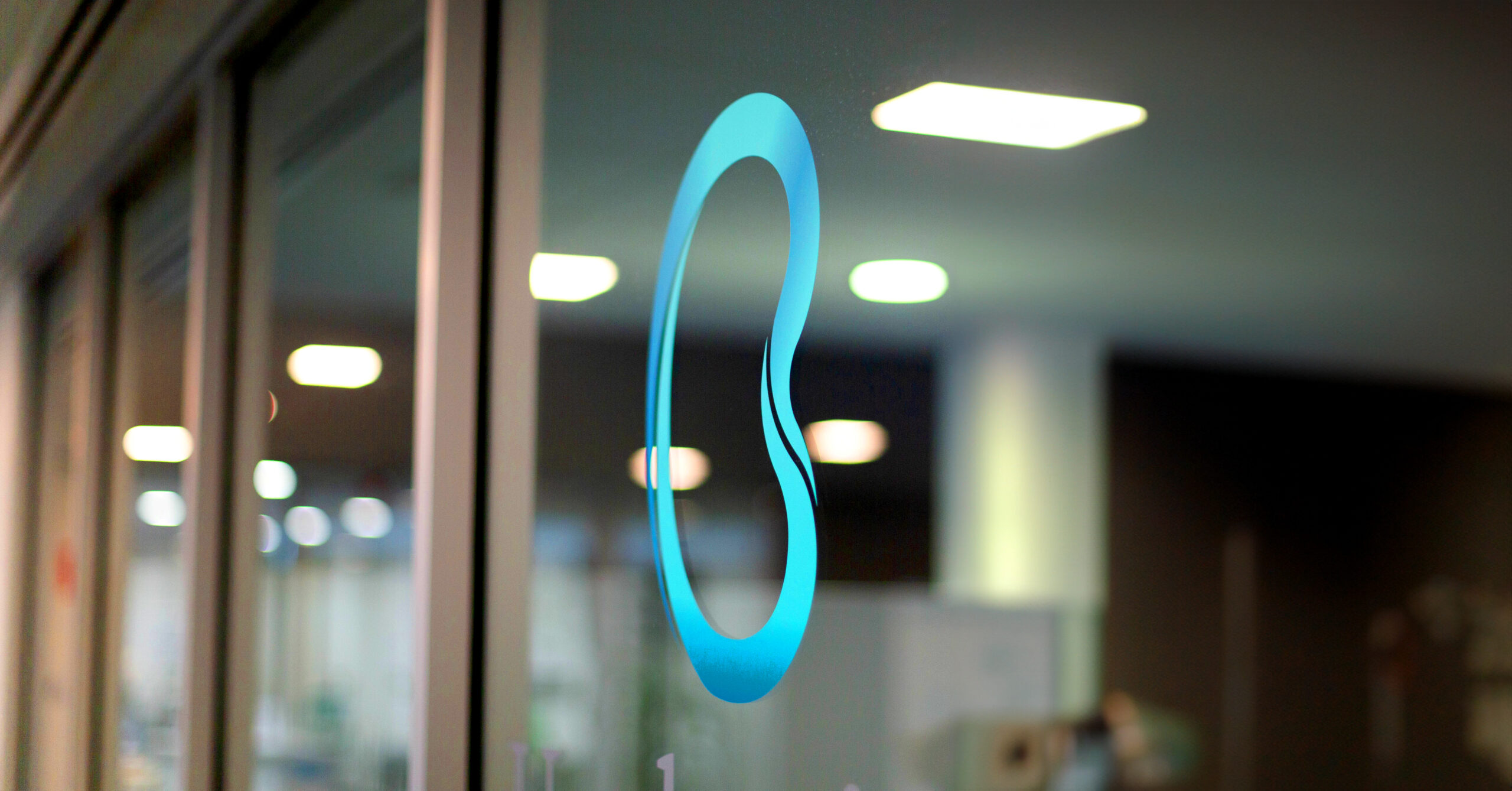
What is a Nesbit Procedure?
A Nesbit Procedure is surgery that is performed to correct the curvature or deformity of the penis, in most cases due to the presence of Peyronie’s Disease but can also be of congenital origin.
For patients undergoing this procedure, more than 80% experience significant straightening of the penis, nil complaints of painful erections and a greater improvement in their sex lives.
What is Peyronie’s Disease?
Peyronie’s Disease refers to an acquired penile deformity or curvature of the penis due to scarring or the growth of fibrous plaques within the soft tissue of the penis, affecting an estimated 5% of men. This is most felt during an erection causing significant pain to the man and his partner.
Why do I need a circumcision?
If the foreskin is left after this procedure, it can have a poor blood supply and gangrene can occur.
Preparing for your procedure
We will provide you with instructions regarding all aspects of preparing for your operation;
- Pre-operative blood and urine tests.
- Details of admission to hospital.
- Information regarding fasting and medications.
Complications
This is generally a very safe procedure with a low risk of complications.
- The chance of infection is <5%.
- Significant bleeding is extremely unlikely as is a blood transfusion.
- The chance of a urethral injury is <1%.
- This surgery will result in a slight shortening of the penis.
- There is a risk of post-operative erectile dysfunction (2-5%) and numbness in the penis.
What to expect after the operation
Please take things quietly for the first 24 hours after surgery. The dressing can be removed the following day. This can be done in the shower. You can wash gently the wound area as soon as the dressing has been removed. Soap and tap water are entirely adequate. Salted water is not necessary. You can shower or take a bath as often as you want. Don’t scrub the wound, pat the wound/s dry with a towel. Wear a pad to keep your underpants clean.
You are usually able to eat and drink what you feel like after the surgery. You will be encouraged to maintain a good fluid intake. Pain relief is always available, however it is not usual to have significant pain after this procedure. This operation is usually a Day Surgery case but be prepared for an overnight stay.
Sometimes you will have a catheter which will be attached to a bag and drains urine from the bladder. A combination of the surgery and the catheter can cause bladder irritation and sometimes bladder spasm. After removal of the catheter there will most likely still be some blood in the urine. Once we can see that you are passing urine satisfactorily, you are then able to go home. You will be given pain relief if required and antibiotics if necessary to take home.
After discharge from hospital
Please take things quietly for the first 24 hours after surgery. The dressing can be removed the following day. This can be done in the shower. You can wash gently the wound area as soon as the dressing has been removed. Soap and tap water are entirely adequate. Salted water is not necessary. You can shower or take a bath as often as you want. Don’t scrub the wound, pat the wound/s dry with a towel. Wear a pad to keep your underpants clean.
You should drink extra fluids over the first week or two after surgery. Drinking 1500-2000mL per day is usually satisfactory. Do not drink excessively. Aim to keep your urine a pale yellow or straw colour. If you find your urinary symptoms are not improving or become worse, then you could have
an infection. Either contact our office or see your GP to organise a urine test and prescribing of antibiotics.
If you do notice blood in the urine, then drink extra water to dilute the urine. Occasionally there is more excessive bleeding, and large clots in the urine that make it difficult to pass. If this occurs, please contact our office, contact your GP, or present to a hospital emergency department for assessment.
You should be able to recommence most of your usual activities shortly after surgery. Please avoid heavy lifting or straining until bleeding settles.
Driving
You should not drive for at least 3-4 days after having the operation (or as instructed by your Urologist).
Patients who are travelling outside the metropolitan area are required to check when they are able to travel, and will be required to stay in the metropolitan area for 24 hours (or as instructed by your Urologist).
Emergency Contacts
In the event of an emergency, please call our office within business hours. If assistance is required out of hours, please call our On-Call Urologist via our Tennyson office OR present to your nearest Emergency Department.
Ashford Hospital
55 Anzac Highway, Ashford SA 5035
8375 5205
Until 10:00 PM
Flinders Medical Centre (access to Flinders Private Hospital)
Flinders Drive, Bedford Park SA 5042
8204 5511
24 Hours
Calvary Adelaide Hospital
120 Angus Street, Adelaide SA 5000
8227 7027
24 Hours Royal
Darwin Hospital
Rocklands Drive, Tiwi NT 0810
8922 8888
24 Hours
**For patients outside the Metropolitan area, please present to your nearest hospital emergency department.
Follow Up
A post operative appointment at 2 weeks will usually be made for you prior to your procedure.
If you have any concerns after your procedure, then please contact us at Urological Solutions.
The content provided within this document is intended as a guide only and does not apply to all patients. Additional information, including patient specific potential risks, must be obtained during consultation with your Urologist.